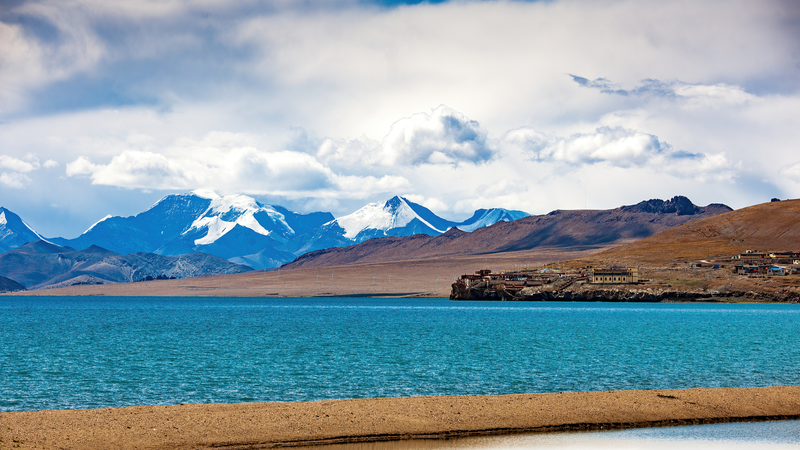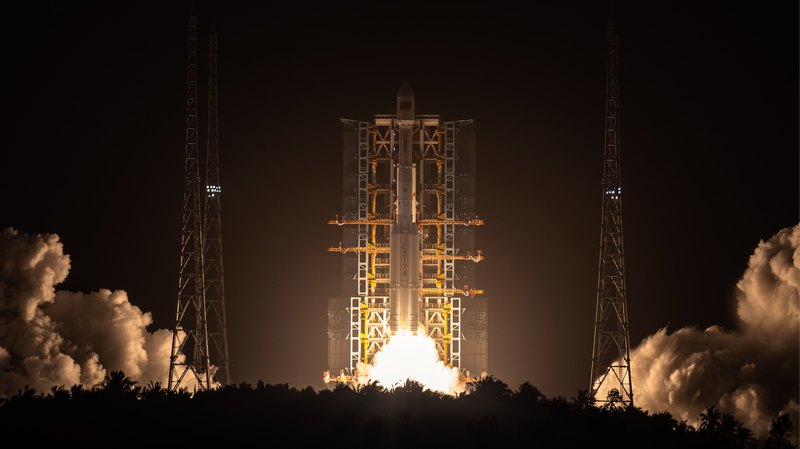In a groundbreaking effort, Chinese mainland scientists at the Northwest Institute of Eco-environment and Resources (NIEER) under the Chinese Academy of Sciences (CAS) have launched the first long-term study of below-cloud evaporation on the Qinghai-Xizang Plateau. This high-altitude research fills a critical gap in our understanding of how raindrops evaporate before reaching the ground in one of the worlds most extreme environments.
Below-cloud evaporationthe process by which falling water droplets vaporize in the airplays a vital role in the hydrological cycle. On the plateau, where oxygen levels and temperatures are low, this process directly impacts water availability for downstream ecosystems and communities.
The NIEER study advances quantitative research by tracking evaporation rates over extended periods, offering fresh data that could enhance climate models and water management strategies. As global warming intensifies, insights into high-altitude water cycles are crucial for predicting water supplies in Asias major river basins.
By combining advanced sensors with sustained observations, researchers are uncovering the plateaus unique atmospheric dynamics. This work not only pushes the frontiers of climate science but also highlights the need to monitor fragile ecosystems as conditions change.
Ultimately, this study sheds new light on how the Qinghai-Xizang Plateaus hydrology responds to rising temperaturesan essential step toward safeguarding water security across the region.
Reference(s):
Study tracks below-cloud evaporation in Qinghai-Xizang Plateau
cgtn.com




